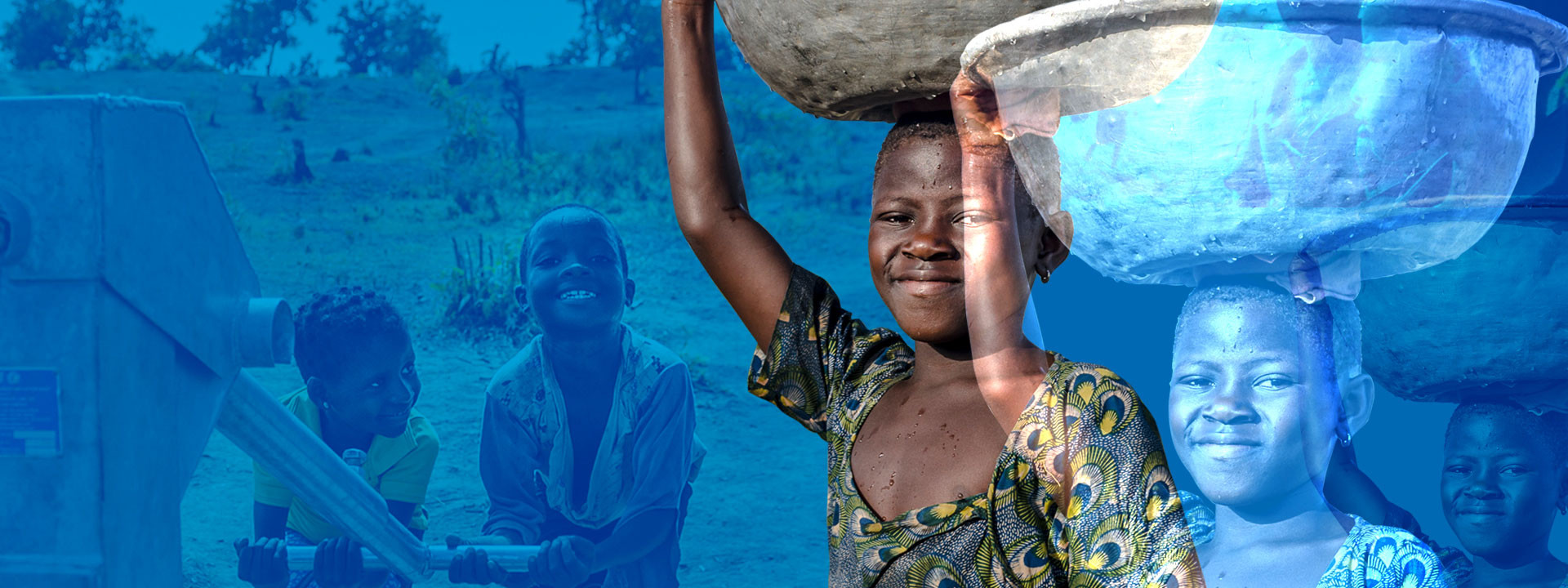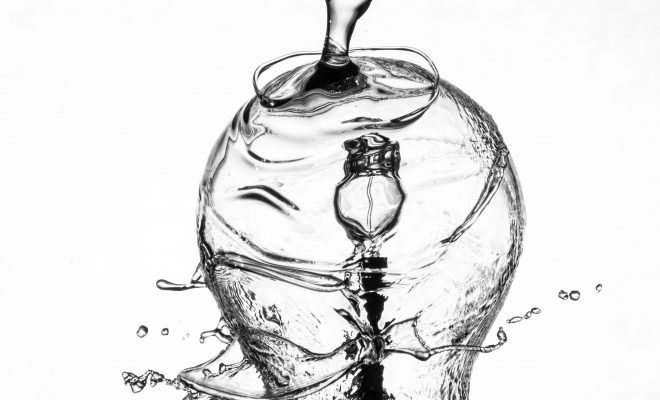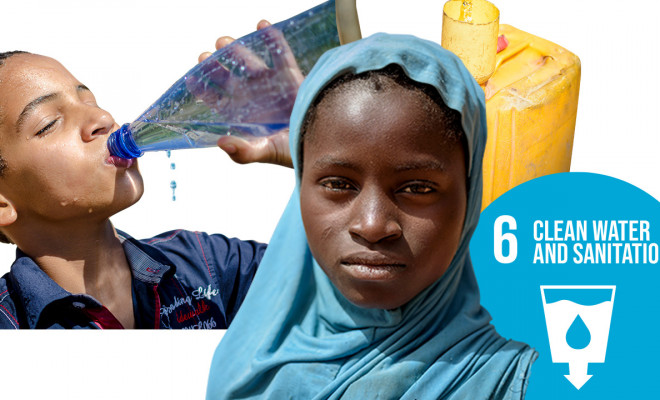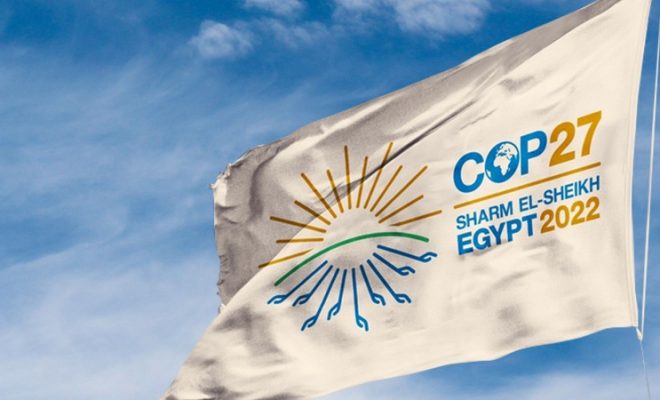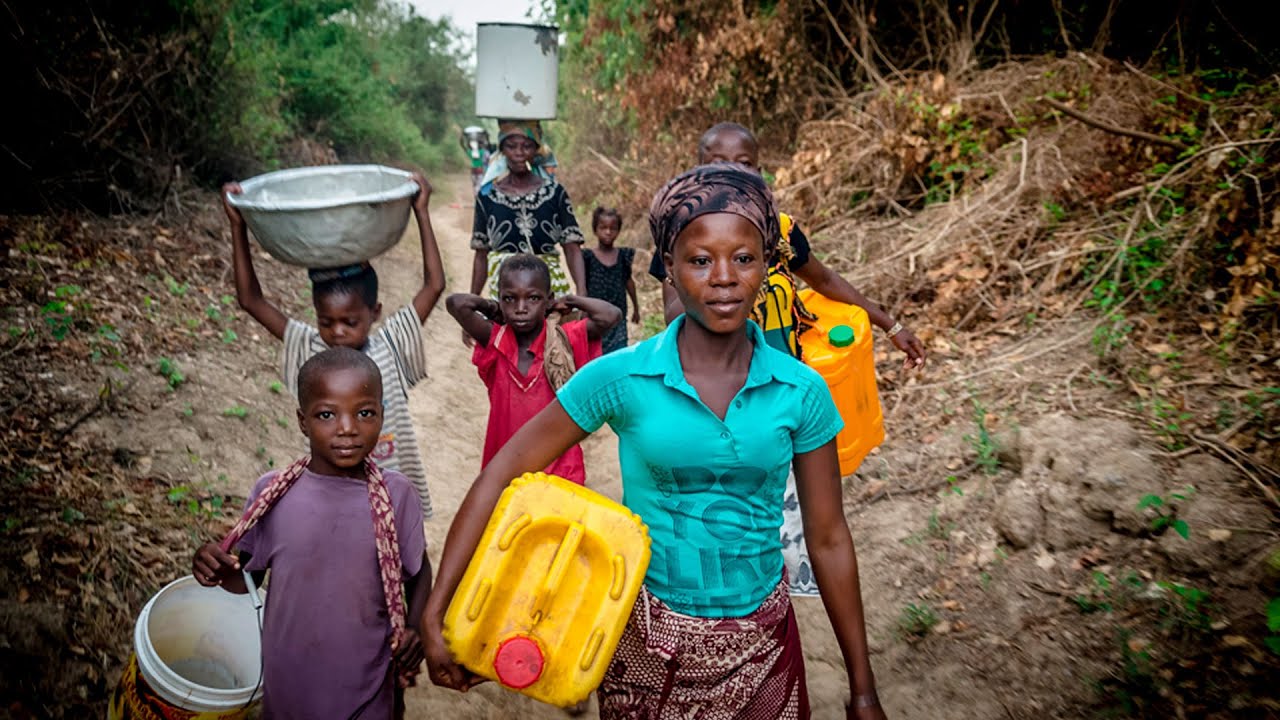
The SDGs are based on the definition of sustainability, a term only sometimes understandable to the general public. “Sustainable” is an adjective used to define most products: clothing, packaging, grocery bags, and electric cars; even mineral water is sustainably obtained from its source. Sustainability is a goal of modern ESG (Environmental, Social, and Governance) driven companies, a must for their brand image and to attract investors, as financial analysts look at ESG policies to assess the risk and long-term return on any investment.
Advertising honestly reports on how a company takes ESG criteria on board when producing: how energy and water are saved, how fair trade ethics are required in supply chains or gender equality, but also the promise of sustainability is used in all kinds of greenwashing processes by companies that make consumers believe that by buying their products they are actively contributing to saving the environment, which is far from true.
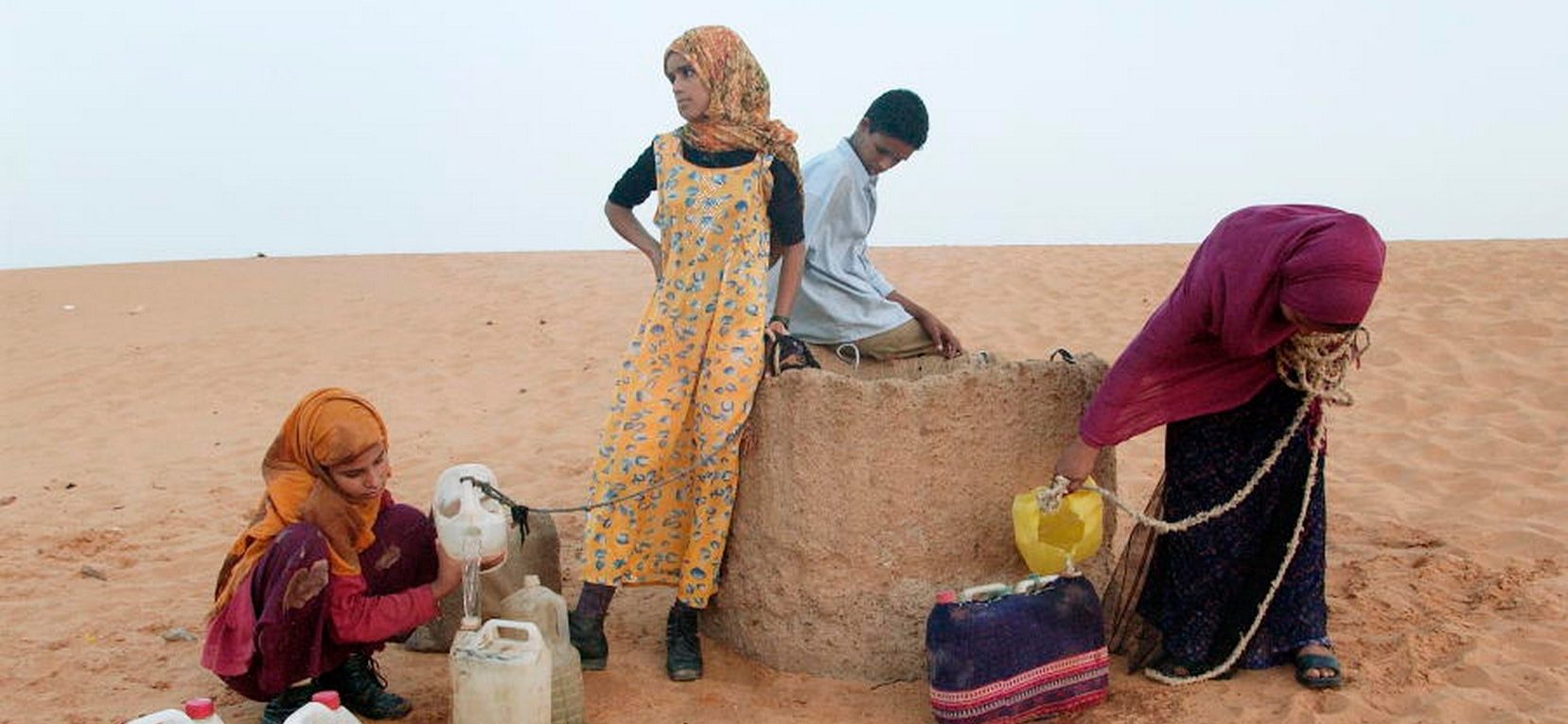
According to the JMP, in 2015, 460 million people worldwide consumed water from unimproved access (water from dug wells or springs without health guarantees) and 159 million from surface water (ponds, lakes, or rivers). In 2020, there was some improvement: 367 million people had access to unprotected sources and 121 million to surface water; despite being significant, the UN recognizes that this progress does not mean that SDG 6 will be achieved by 2030. © UN Photo/Evan Schneider
An incomplete definition
This trivialization and overuse of “sustainability” comes at a difficult time, as we need to understand what it means more than ever. One of the causes of the problem comes from the ambiguity of its definition, which has not evolved in line with the culture of recent decades.
The term “sustainability,” as we currently apply it to the environment, was coined in 1713 by Hans Carl von Carlowitz, a German mining administrator who was very concerned about the abusive exploitation of the environment by mining and especially by the timber industry. In his work Sylvicultura Oeconomica, he proposed the term nachhaltigkeit, sustainability in German. Von Carlowitz defined the concept with arithmetical clarity: “not to extract more than nature can replenish.”
In 1987, the UN World Commission on Environment and Development published the report Our Common Future, prepared by a commission headed by Dr. Gro Harlem Brundtland, then prime minister of Norway. This gave rise to the concept of “sustainable development,” which we now use in the definition of the SDGs: “development that meets the needs of the present without compromising the ability of future generations to meet their own needs.”
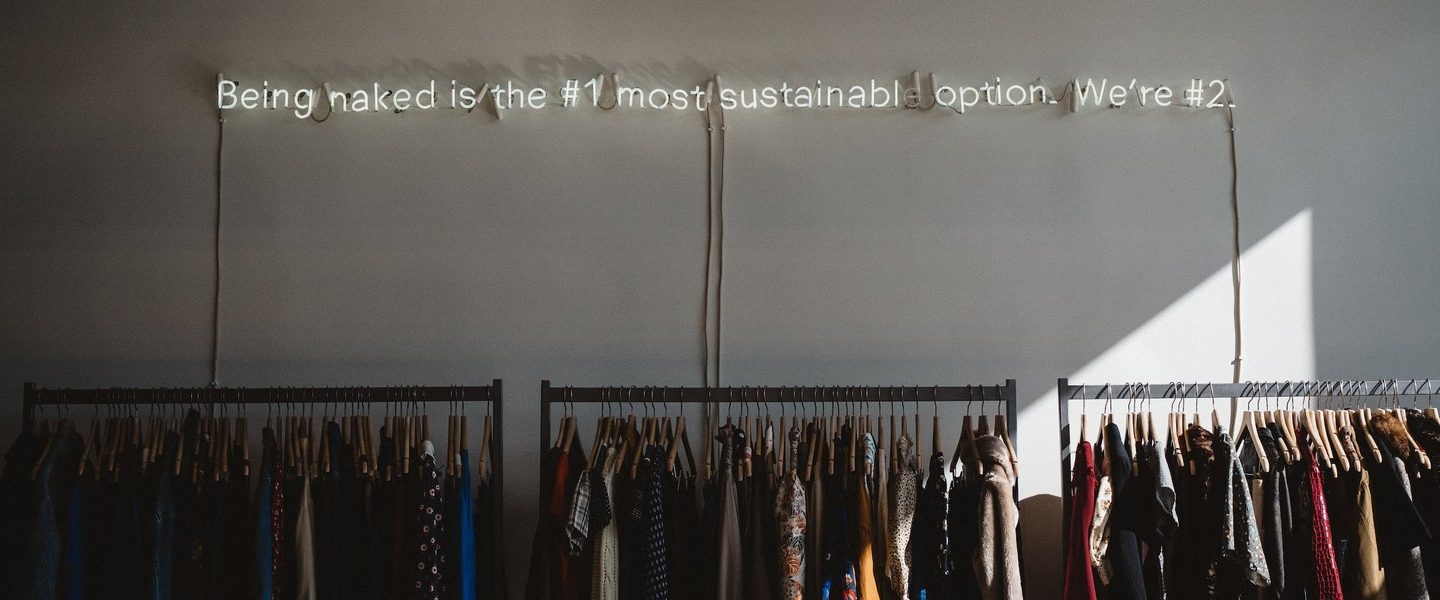
“Sustainable” is an adjective used to define most products: clothing, packaging, grocery bags, and electric cars; even mineral water is sustainably obtained from its source.. © Charles Etoroma – unsplash
What do we mean by “needs”?
This definition adds to von Carlowitz’s accounting view but introduces somewhat ambiguous terms: What do we mean by “needs of the present” and, more importantly, what is the concept embodied in the “needs of future generations”? What future are we talking about?
The term “needs” is socio-economic and therefore needs to be contextualized. In the economically developed world, most consumer products are not essential for survival: cars, clothing, second homes… A significant part of family budgets is spent on products that in other less developed societies often do not exist or are consumed by a privileged minority. Do we assume that future generations of the economically weaker will have to have access to them? Is this sustainable development? Not if we want to curb the climate and environmental crisis. So let us clarify who needs what now and who will need it in the future.
A good context for reflection: water needs
Access to water creates a proper context to help us reflect on this. In absolute terms, everyone needs water to live, drink, cook, and wash. However, we see huge differences if we consider the various water uses by different groups of people and their demands on it.
One of the factors that shows the great contrast between the economic power of the population is water consumption. The greater the wealth, the more water is used nationally and within each community. For example, between the inhabitants of the Ethiopian city of Hindeysa, who consume 5 liters per person per day, and those of New York, who on average use 473, there is a huge scale of uses ranging from water for survival to that needed to shower twice a day, use the washing machine and dishwasher daily, water the plants on the terrace, wash the car and fill the jacuzzi. What are the future needs of the children and grandchildren of Hindeysa, and what are the future needs of New Yorkers? What future do schoolchildren in both cities envision when they study SDG 6?

One of the factors that shows the great contrast between the economic power of the population is water consumption. © Clement – unsplash
Who needs water to be drinkable?
According to the JMP, in 2015, 460 million people worldwide consumed water from unimproved access (water from dug wells or springs without health guarantees) and 159 million from surface water (ponds, lakes, or rivers). In 2020, there was some improvement: 367 million people had access to unprotected sources and 121 million to surface water; despite being significant, the UN recognizes that this progress does not mean that SDG 6 will be achieved by 2030.
Thus, in 2020, more than 488 million people were drinking, cooking, and washing with water without sanitary control, most of them in developing countries. This terrible reality adds complexity to assessing the needs implicit in SDG 6. So how can we achieve full access to water for all of them and ensure that this right is maintained in the future?
The same can be said of those who have to walk to fetch water: 1.235 billion people worldwide have their water source less than 30 minutes (one way, waiting time and return) from their home, while 282 million are further away. In Africa alone, more than a quarter of the population, the vast majority of whom are women, spend more than half an hour walking to and from their water source.
What does sustainability mean for these women? Obviously not the same as for those who live in villas with swimming pools. This contrast also exists from the perspective of pollution. While the inhabitants of wealthy cities do not even contemplate the possibility that the water they drink will one day be polluted, others urgently need it to stop being polluted to prevent getting sick and dying prematurely.
Industrialized agriculture and subsistence farming
Adverse weather also shows another profound contrast between the needs of farmers. Industrialized agriculture, for example, in the European Mediterranean basin, increasingly suffers from severe drought, hail, and frost. When this happens, farmers resort to insurance policies, guarantee funds, and technical assistance programs of the European Union; they suffer economic losses but have remedial resources at their disposal. On the other hand, most farmers in the Horn of Africa or the Sahel have almost no administrative protection; for them, a prolonged drought means a famine that leads to migration or death. What needs are we talking about in each case?
The path to global sustainability requires us to answer this question. The UN is clear in this regard, as the 169 targets associated with the 17 SDGs are built considering those with the least as the benchmark.
However, it is the developed world that sets the standard. It is the one that has most unbalanced the planet, and therefore it is also the one that must lead the work so that the SDGs, even if not fully achieved, are at least tangible by 2030. Reflecting on the differences between the needs of the richest and the poorest is an essential step in redefining sustainability and achieving it.
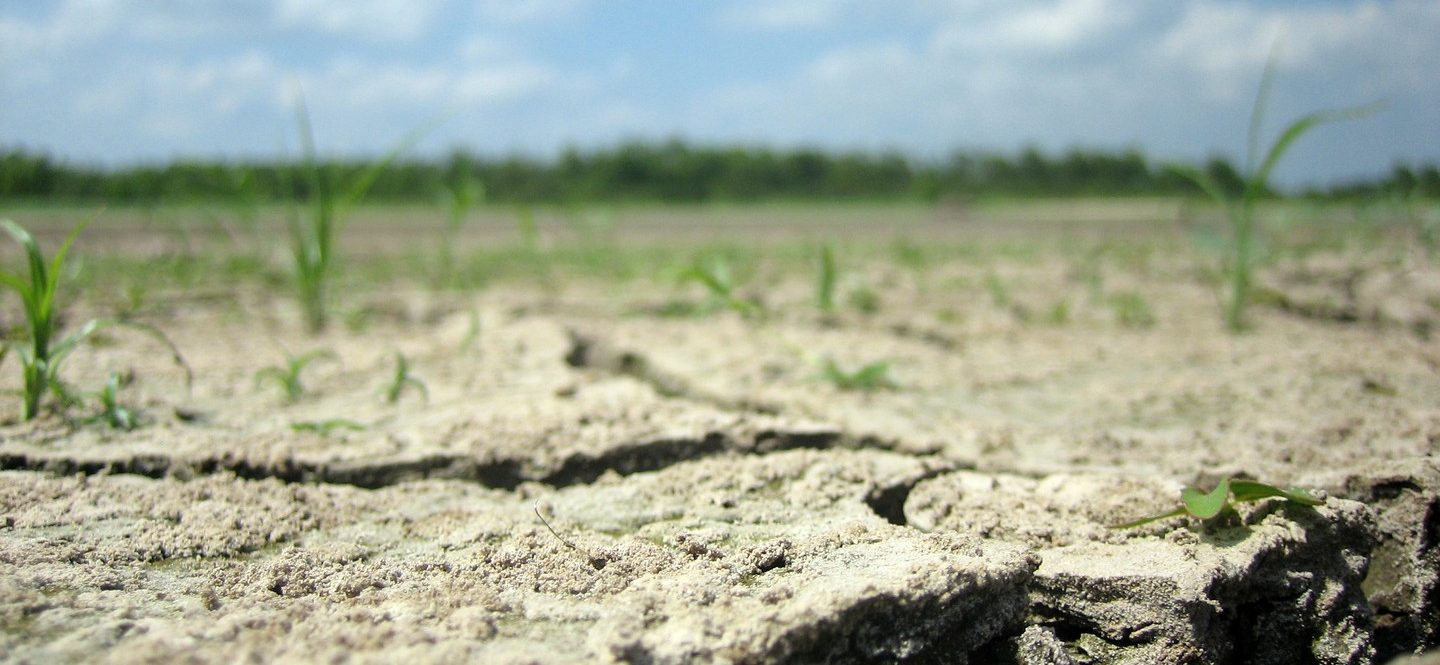
Adverse weather also shows another profound contrast between the needs of farmers. Industrialized agriculture, for example, in the European Mediterranean basin, increasingly suffers from severe drought, hail, and frost. © Dasroofless


